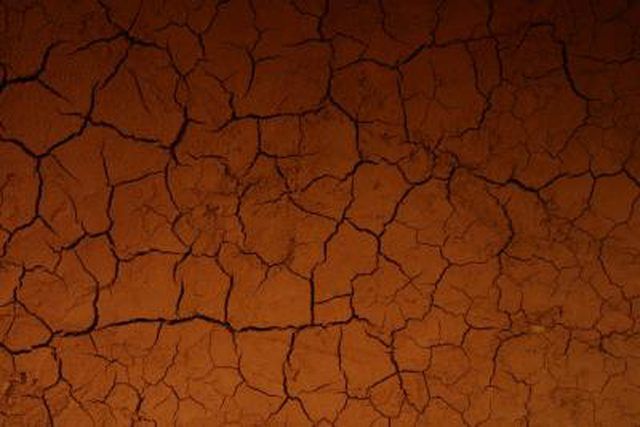Bulbs
Flower Basics
Flower Beds & Specialty Gardens
Flower Garden
Garden Furniture
Garden Gnomes
Garden Seeds
Garden Sheds
Garden Statues
Garden Tools & Supplies
Gardening Basics
Green & Organic
Groundcovers & Vines
Growing Annuals
Growing Basil
Growing Beans
Growing Berries
Growing Blueberries
Growing Cactus
Growing Corn
Growing Cotton
Growing Edibles
Growing Flowers
Growing Garlic
Growing Grapes
Growing Grass
Growing Herbs
Growing Jasmine
Growing Mint
Growing Mushrooms
Orchids
Growing Peanuts
Growing Perennials
Growing Plants
Growing Rosemary
Growing Roses
Growing Strawberries
Growing Sunflowers
Growing Thyme
Growing Tomatoes
Growing Tulips
Growing Vegetables
Herb Basics
Herb Garden
Indoor Growing
Landscaping Basics
Landscaping Patios
Landscaping Plants
Landscaping Shrubs
Landscaping Trees
Landscaping Walks & Pathways
Lawn Basics
Lawn Maintenance
Lawn Mowers
Lawn Ornaments
Lawn Planting
Lawn Tools
Outdoor Growing
Overall Landscape Planning
Pests, Weeds & Problems
Plant Basics
Rock Garden
Rose Garden
Shrubs
Soil
Specialty Gardens
Trees
Vegetable Garden
Yard Maintenance
How to Find Clay Soil
How to Find Clay Soil. Clay soil is commonly referred to as heavy soil, because it has poor draining abilities that often results in plants getting fungal infections or dying from excessive water. This soil type is made up of other soils such as loam, sand and silt, as well as minerals, air and water. In order for a soil to be deemed clay soil, it...

Clay soil is commonly referred to as heavy soil, because it has poor draining abilities that often results in plants getting fungal infections or dying from excessive water. This soil type is made up of other soils such as loam, sand and silt, as well as minerals, air and water. In order for a soil to be deemed clay soil, it must contain at least 50 percent clay. For gardeners, this can mean the death toll for a number of plants without making the proper soil amendments to improve drainage.
Things You'll Need
Jar
Shovel
Marker
Compost
Sand
Tiller
Fill a jar with 2/3 water. You can use an empty mayonnaise jar for the clay soil test.
Dig a 6-inch hole and collect 2 cups of soil from the bottom. Pour the soil into the jar.
Shake up the jar and allow the soil to settle for one minute. With a marker, mark on the jar where the first bottom layer of soil has settled. Wait two minutes and mark where the second layer from the bottom settles.
Allow the rest of the soil to settle for 24 hours. Mark on the jar where the top layer has settled.
Examine the soil layers. If the bottom layer makes up the highest percentage of soil in the jar, you have sandy soil. A high percentage of the top layer of soil indicates that you have clay soil. Three equal layers indicates loam soil, which has the best draining abilities.
Tips & Warnings
Amend your clay soil by spreading 4 inches of compost on the planting area. Till the soil and spread 4 inches of builder's sand. Work both the compost and builder's sand into the top 6 inches of soil.
Avoid planting any vegetation that requires good drainage on clay soil, because it will result in unhealthy plants.